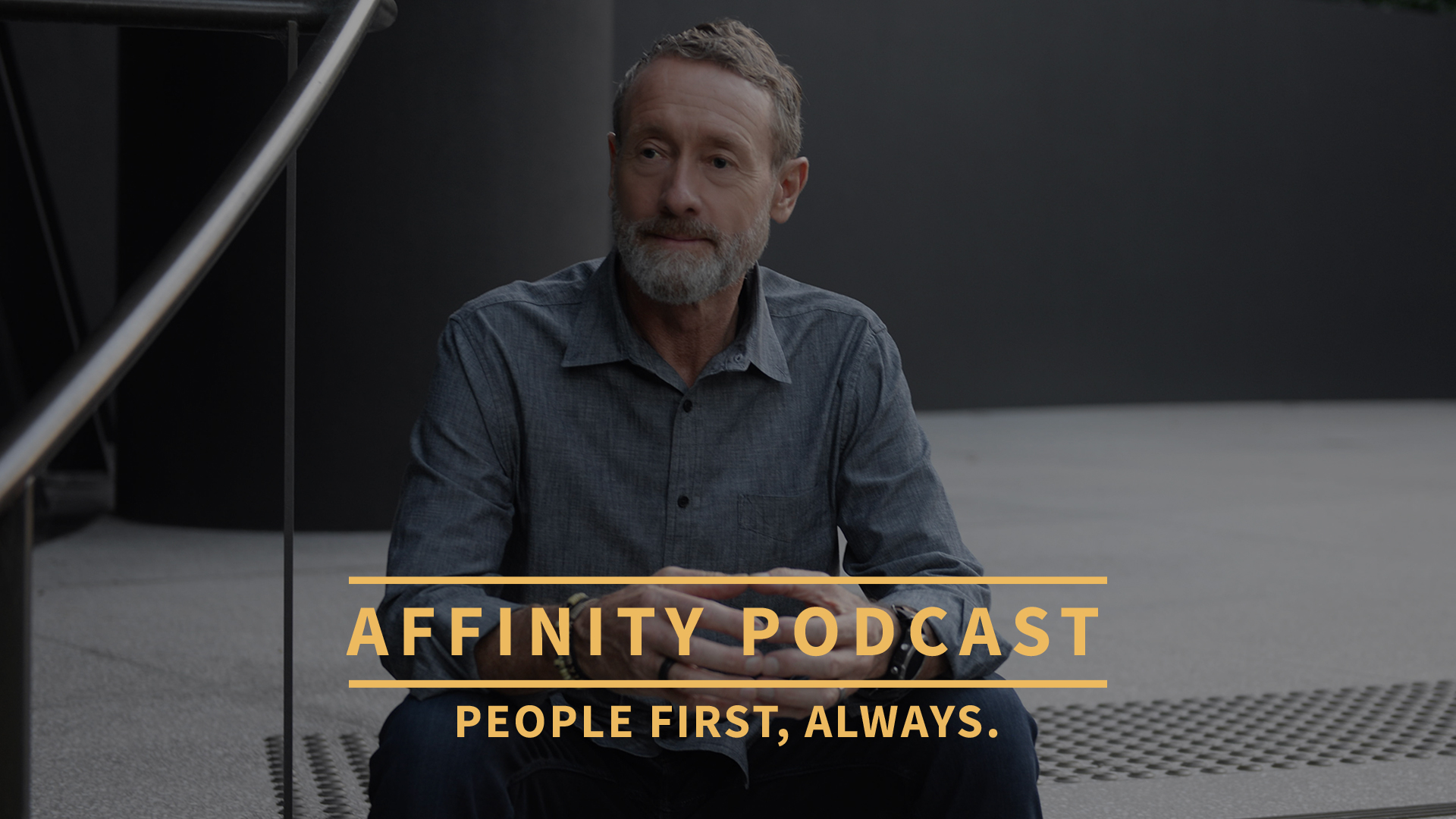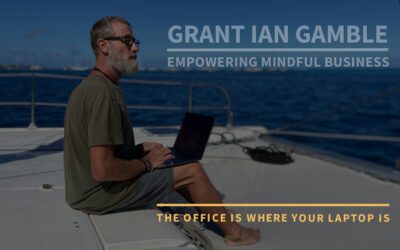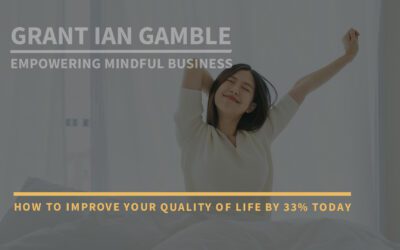Member Referrals Are Like a Box of Chocolates…Or Are They?

Grant Ian Gamble is a best-selling mindful leadership author and speaker. He has over 30 years of experience in leading teams to create innovative customer experiences, building engaged workforces, and developing leaders who prioritize mindfulness in their approach.
Referrals are the No.1 source of Members in the Fitness and Wellness Industry.
Here are some facts:
- Referrals are the number one source of new members across the fitness and wellness sector.
- $ROI is highest on Referrals when compared to all other marketing sources.
- Three quarters of all referrals come from ‘Promoters’ (high NPS* score) in the fitness and wellness sector.
- The avg. referral rate for Promoters = 58% when offered a referral opportunity.
- Prospective members are 4x more likely to join a gym if they were referred by a friend.
- In the fitness industry, referred members have historically had a 37% higher retention rate as opposed to non-referred members.**
And yet most clubs and club groups do a pretty average job garnering and leveraging referral opportunities. Asking random members for referrals is like ‘a box of chocolates’, you never know what you’ll get.
Whereas asking Promoters is almost guaranteed to be met with a positive response. Every club has its fair share of Detractors and Passively Satisfied members, but the Promoters have stated clearly that, they “Are likely to recommend the club to their friends, family and/or colleagues.”
AFFINITY OS™ automatically provides Promoters with a simple but compelling referral opportunity. The uptake and conversion is significantly higher than mass marketing offers to all club members.
Below are some averages for clubs using the AFFINITY OS Referral System:
- 52 promoters ave. per month = 30 referred prospective members per month
- Average conversion of referred members @ 85% = 25 new referred members per month
- If Ave. Lifetime Value per member = $2,500 those referrals add $62.5k each month
You can do your own math based on your LTV, but as Forrest Gump might say, “Referrals and growth go together like peas and carrots”.
** IHRSA attributes this higher retention rate to the social connections and sense of belonging that often comes with being referred by a friend or acquaintance.
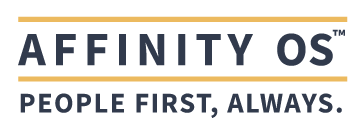
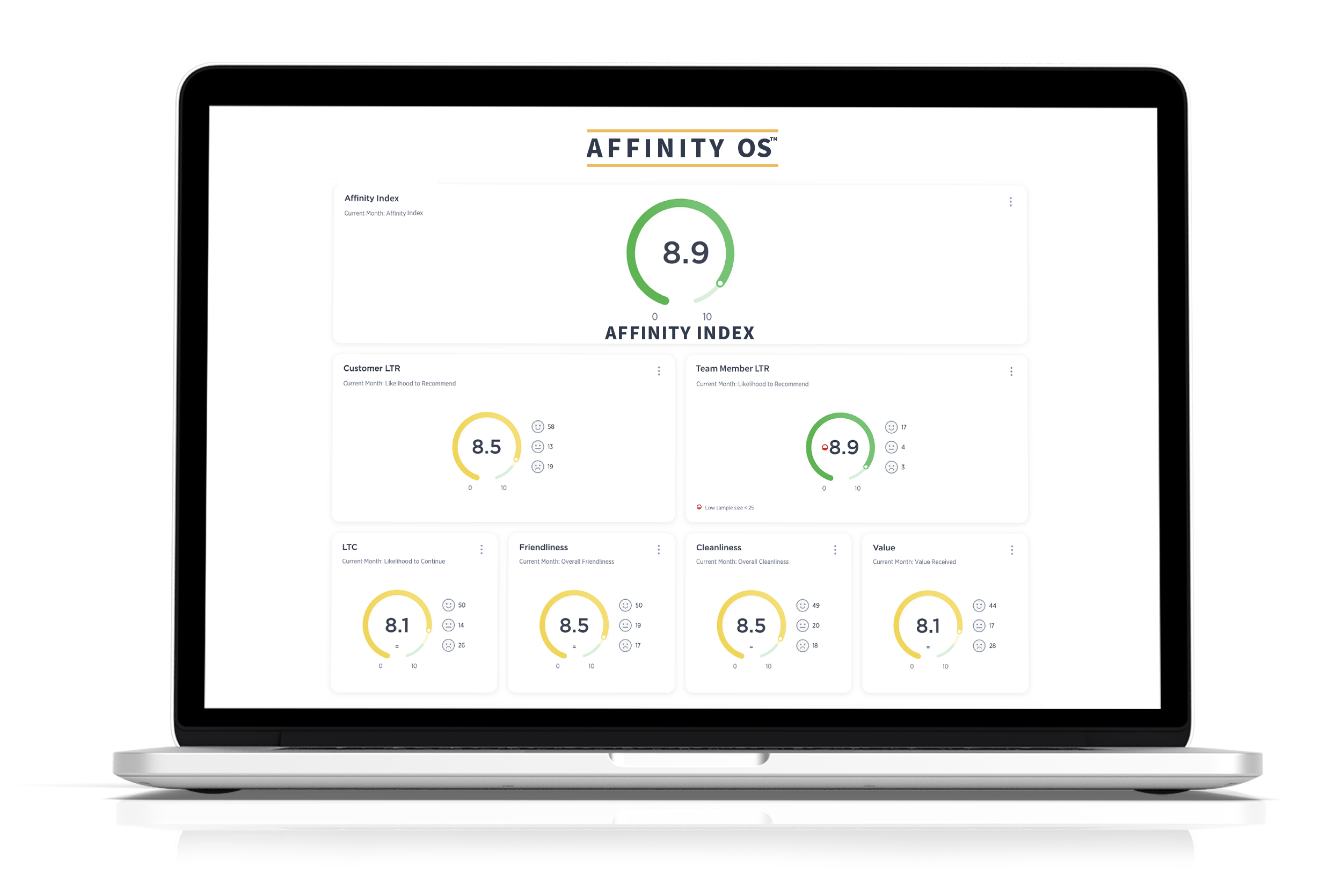 Interested in learning more about how to transform your organization’s approach to team member engagement and customer experience? Reach out to our team at AFFINITY OS, specialists in AI-driven customer experience and team member engagement optimization.
Interested in learning more about how to transform your organization’s approach to team member engagement and customer experience? Reach out to our team at AFFINITY OS, specialists in AI-driven customer experience and team member engagement optimization.

Dive into the heart of exceptional leadership and customer-centric success with AOS Academy. Our certification courses, guided by the “PEOPLE FIRST, ALWAYS” mantra, are designed to support professionals as mindful, effective leaders and service providers.
By integrating key insights from Grant Ian Gamble’s best-selling mindful leadership book, “The Affinity Principle”, we focus on nurturing people-centric cultures of empathy, effective communication, and customer service excellence.
The AOS Academy is more than just training – it’s a journey towards personal and professional transformation, ensuring every interaction and decision is rooted in understanding and valuing people first.
Put PEOPLE FIRST, ALWAYS and watch your business flourish.
Dive deep into the latest trends in customer experience and team engagement, mindful leadership and management. Discover practical tools and strategies that you can use to build a people-centric culture, the foundation for sustainable long-term business growth and success.
Led by mindful leadership expert, Grant Ian Gamble, a best-selling author and true visionary with over 30 years of experience in leading teams to create innovative customer experiences, building engaged, inspired and fulfilled workforces, and developing leaders who prioritize genuine connection in their approach.
The guiding principle behind all of Grant’s work is PEOPLE FIRST, ALWAYS.

More Articles:
Overcoming Burnout and Building Resilience: Strategies to Help Prevent Burnout and Help You and Your Team Thrive in a Fast-Paced World
In this article, I’ll share some of the strategies and tools that I’ve used to help prevent burnout in myself and my team, and how you can apply them to your own leadership style.
Burnout is a pervasive issue that affects many people in today’s fast-paced world. It is a state of chronic stress that occurs when we experience prolonged periods of exhaustion, cynicism, and detachment from our work or personal lives. According to productivity expert Chris Bailey, burnout can be described as a “diminishing returns problem,” where we become less productive and efficient as we work longer and harder.
The Office is Where Your Laptop Is
Similarly to the migration of retail to online, COVID has provoked a transition of thinking about where team members actually need to physically be in order to do their job well.
As we adjust our perceptions of what work looks like post COVID, there exists a gulf between what was and what will be when it comes to office geography. Companies have already begun divesting themselves of offices and buildings they formally saw as essential in order to house their workforce. Conference rooms lie dormant and have been replaced by Zoom calls. The office phone system has similarly been replaced by cell phones, text messages and FaceTime.
How to Improve Your Quality of Life by 33% Today
I touched on the importance of sleep in my article, “Three Foundations & The First Step Toward Mindful Leadership.” As I explained in that piece, quality sleep is one of the central foundation stones of optimal physical and emotional health. And yet it is underrated by some, and elusive for many.
As with many things, getting great sleep can be a process.
The first step in this process is truly understanding, and appreciating, the importance of sleep to our health and emotional wellbeing.


